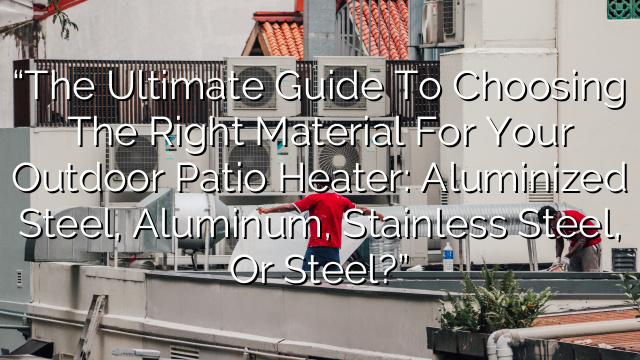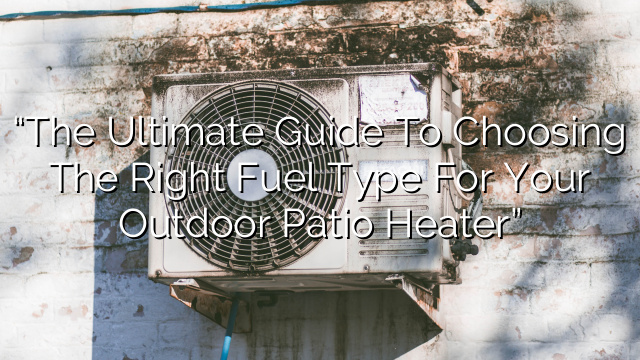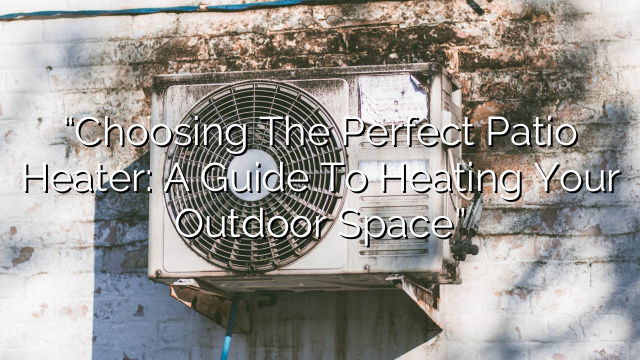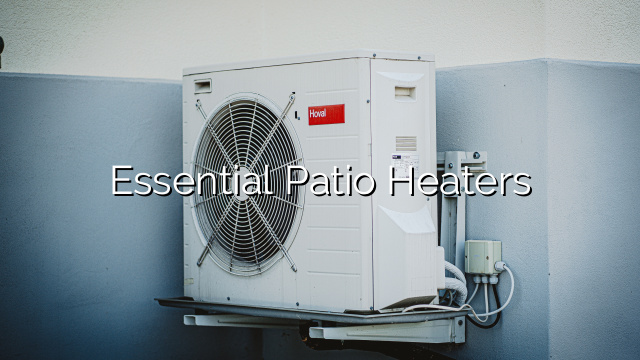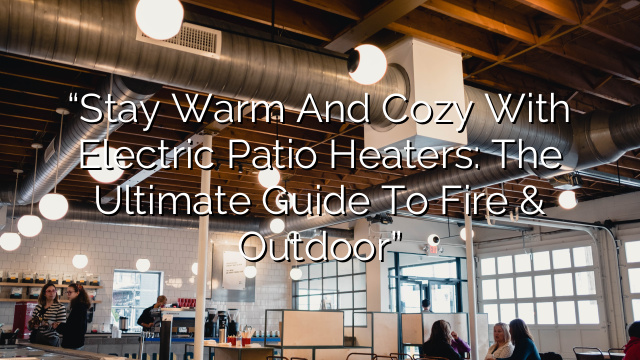Introduction:
When it comes to heating your outdoor space, choosing the right material for your patio heater is crucial. The material you choose will determine the durability, performance, and overall aesthetic of your heater. In this ultimate guide, we will explore four common materials for outdoor patio heaters: aluminized steel, aluminum, stainless steel, and steel. We will discuss the pros and cons of each material, as well as provide recommendations based on your specific needs and preferences. By the end of this guide, you will be well-equipped to make an informed decision and find the perfect outdoor patio heater for your space.
Aluminized Steel:
Aluminized steel is a popular choice for outdoor patio heaters due to its excellent heat resistance and durability. This material is made by applying an aluminum-silicon alloy coating to carbon steel, creating a layer that provides resistance to corrosion and high temperatures.
- Pros of Aluminized Steel:
- Excellent heat resistance
- Durable and long-lasting
- Resistance to corrosion
- Lower cost compared to stainless steel
- Cons of Aluminized Steel:
- May not have the same aesthetic appeal as stainless steel
- Less resistant to scratching and dents compared to stainless steel
Aluminum:
Aluminum is a lightweight and highly versatile material. It is commonly used in outdoor patio heaters due to its excellent heat conductivity and resistance to corrosion. Aluminum heaters are typically less expensive than stainless steel heaters, making them a popular choice for budget-conscious buyers.
- Pros of Aluminum:
- Excellent heat conductivity
- Lightweight and easy to move
- Resistance to corrosion
- Lower cost compared to stainless steel
- Cons of Aluminum:
- Not as durable as stainless steel
- May require more maintenance to prevent corrosion
- May not have the same aesthetic appeal as stainless steel
Stainless Steel:
Stainless steel is a popular choice for outdoor patio heaters due to its excellent durability, resistance to corrosion, and aesthetic appeal. It is a high-quality material that can withstand harsh weather conditions and maintain its appearance over time.
- Pros of Stainless Steel:
- Excellent durability and resistance to corrosion
- Aesthetic appeal
- Low maintenance
- Can withstand harsh weather conditions
- Cons of Stainless Steel:
- Higher cost compared to other materials
- May retain heat longer, posing a safety risk
- Heavier than aluminum, making it less portable
Steel:
Steel is a classic choice for outdoor patio heaters due to its strength and durability. It is a heavy-duty material that can withstand high temperatures and resist damage from the elements.
- Pros of Steel:
- Excellent durability and strength
- Resistance to high temperatures
- Less expensive compared to stainless steel
- Cons of Steel:
- May rust over time if not properly maintained
- Heavier than other materials, making it less portable
- May require regular painting or coating to prevent rusting
Recommendations:
Now that we have explored the pros and cons of each material, you may be wondering which one is the best choice for your outdoor patio heater. Here are our recommendations based on different factors:
- Budget: If you are on a tight budget, aluminum or aluminized steel heaters are more affordable options.
- Durability: If you prioritize durability and long-lasting performance, stainless steel or steel heaters are excellent choices.
- Maintenance: If you prefer low-maintenance heaters, stainless steel is the way to go, as it requires minimal upkeep and is resistant to corrosion.
- Portability: If you need a portable heater that is easy to move around, aluminum heaters are lightweight and convenient.
- Aesthetic Appeal: If aesthetics are important to you, stainless steel heaters offer a sleek and modern look that can elevate the overall appearance of your outdoor space.
FAQs:
Here are some frequently asked questions about outdoor patio heater materials:
- Q: What material is the most durable?
- A: Stainless steel and steel are the most durable materials for outdoor patio heaters. They can withstand harsh weather conditions and resist damage over time.
- Q: Are aluminum heaters as effective at heating as other materials?
- A: Yes, aluminum heaters are highly effective at heating outdoor spaces. Their excellent heat conductivity allows them to distribute heat evenly.
- Q: Do stainless steel heaters require any maintenance?
- A: Stainless steel heaters require minimal maintenance. They are resistant to corrosion and do not require regular painting or coating.
- Q: Are aluminized steel heaters as resistant to scratching and dents as stainless steel heaters?
- A: No, aluminized steel heaters are not as resistant to scratching and dents as stainless steel heaters. Stainless steel is a harder material and offers better protection against physical damage.
- Q: Can steel heaters rust over time?
- A: Yes, steel heaters can rust over time if not properly maintained. Regular painting or coating can help prevent rusting and extend the lifespan of the heater.
Conclusion:
Choosing the right material for your outdoor patio heater is crucial for ensuring its durability, performance, and overall aesthetic appeal. Aluminized steel, aluminum, stainless steel, and steel are all viable options, each with their own pros and cons. Consider your budget, durability requirements, maintenance preferences, portability needs, and aesthetic preferences when making your decision. By keeping these factors in mind and referring to this ultimate guide, you will be able to find the perfect outdoor patio heater that meets all of your needs.

